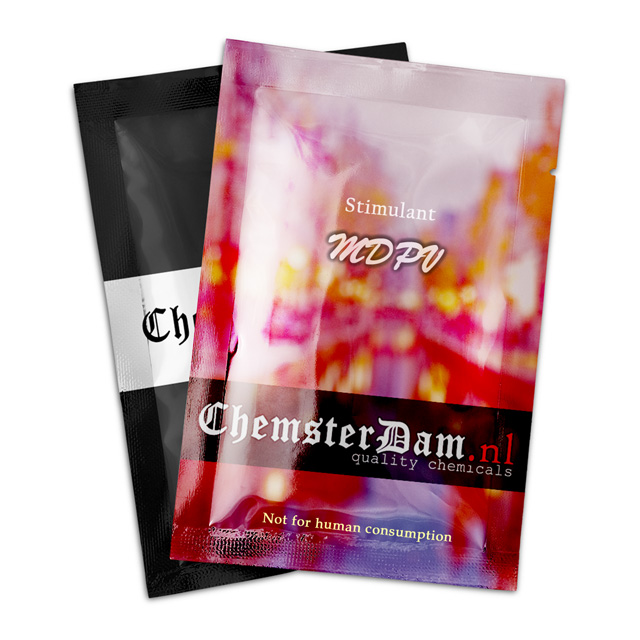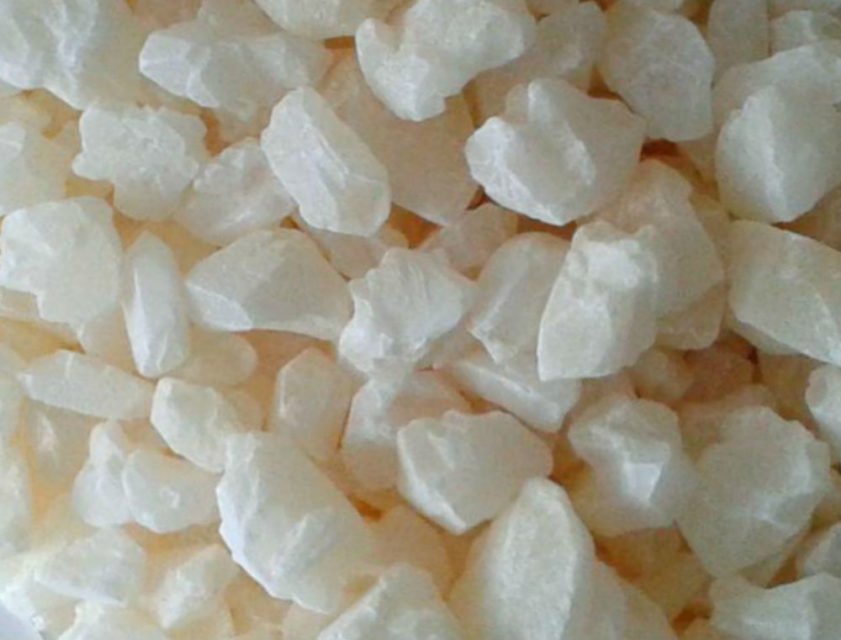| property | value |
|---|---|
| Common names | MDPV, “Bath Salts”, NRG-1 |
| Substitutive name | 3,4-Methylenedioxypyrovalerone |
| Systematic name | 1-(1,3-Benzodioxol-5-yl)-2-(pyrrolidin-1-yl)pentan-1-one |
| Psychoactive class | Stimulant,Entactogen |
| Chemical class | Cathinone,Pyrrolidine,MDxx |
3,4-methylenedioxypyrovalerone (also known as mdpv, nrg-1, and imprecisely as bath salts, among many others) is a novel, extremely potent synthetic stimulant substance of the cathinone and pyrrolidine chemical classes that produces states of extreme stimulant euphoria, disinhibition, and sexual arousal when administered. mdpv is thought to act primarily as as a norepinephrine–dopamine reuptake inhibitor (ndri) and possesses powerful euphoric stimulant qualities. it was first developed in the 1960s by a team at boehringer ingelheim.
mdpv remained an obscure stimulant until around 2004, when it was reportedly first made available to the public as a designer drug. products labeled as “bath salts” containing mdpv were previously sold as recreational drugs in gas stations and convenience stores in the united states, similar to the marketing strategy of spice and k2 as incense.
historical reports show records of the preparation of mdpv for potential use as a cns stimulant. it was claimed to have potential to be an alternative for racemic amphetamine and, although showing some desirable qualities such as reduced toxicity as compared to amphetamine, mdpv was chosen to not be developed as a medicinal drug.
several incidents of psychological and physical harm have been attributed to the use of mdpv, including an unusually large number of fatalities. a total of 107 non-fatal intoxications and 99 analytically confirmed deaths related to mdpv between september 2009 and august 2013 were reported by nine european countries.
chemistry
mdpv, or 3,4-methylenedioxypyrovalerone, is a synthetic stimulant of the cathinone and pyrrolidine classes. mdpv is the 3,4-methylenedioxy ring-substituted analog of the compound a-pvp, developed in the 1960s, which has been used for the treatment of chronic fatigue and as an anorectic, but caused problems of abuse and dependence. however, despite some shared structural features, the effects of mdpv bear little resemblance to other methylenedioxy phenylalkylamine derivatives such as 3,4-methylenedioxy-n-methylamphetamine (mdma), instead producing primarily classical stimulant effects with only mild entactogenic qualities.
pharmacology
mdpv is thought to act primarily as a potent norepinephrine–dopamine reuptake inhibitor. reduced re-uptake of norepinephrine and dopamine results in higher concentrations of the two catecholamine neurotransmitters in the synaptic cleft, or gap between neurons. the result of this inhibition is an enhanced and prolonged concentration and resulting post-synaptic effect of dopaminergic and noradrenaline signaling at dopamine and norepinephrine receptors on the receiving neuron. serotonin also plays a role, although to a much lesser degree. this sudden increase in neurotransmitter concentration in the brain is thought to be responsible for the high that mdpv produces. mainly possessing re-uptake inhibiting qualities, mdpv could be considered more like cocaine or methylphenidate than amphetamine in method of action. in contrast, amphetamine acts primarily as an agonist to release dopamine and noradrenaline indirectly via activation of the taar1 receptor.




DenisH. –